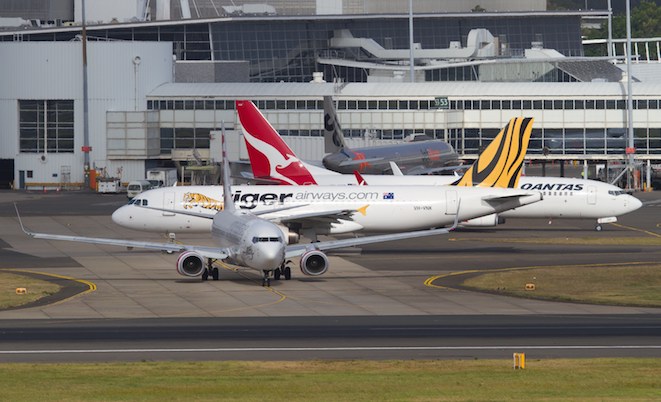
Australian domestic carriers experienced lower load factors in July despite cutting capacity in the local market.
The Bureau of Infrastructure and Regional Economics (BITRE) said the number of passengers carried on regular public transport (RPT) domestic flights fell 1.4 per cent to 5.05 million in July.
The decline outpaced the 1.2 per cent reduction in available seats in the month, which resulted in load factors falling half a percentage point to 78.3 per cent.
“Load factors on individual routes decreased on 35 of the 61 RPT routes for which data is available in both years,” the BITRE report said.
Qantas has flagged zero capacity growth across its domestic Qantas and Jetstar operations in the six months to December 2014, while Virgin has not offered capacity guidance for the period ahead.
Both Australian airline groups posted a full year loss in the 12 months to June 30, 2014.
Capacity in terms of available seats on the Melbourne-Sydney city pair, Australia’s busiest route, fell 2.5 per cent in July, compared with a year ago. However, it does appear that there are still too many seats for current demand, with load factors on one of the world’s heaviest routes down 0.6 percentage points to 81.4 per cent in July.
The number of aircraft trips between Sydney and Melbourne fell 4.4 per cent in the month.
Airlines also reduced the number of available seats on trunk routes such as Sydney-Canberra (down 11.8 per cent) and Melbourne-Perth (down 5.9 per cent),
The BITRE report, which was released on Friday, said 32,400 tonnes of cargo was carried in July, down 6.1 per cent compared with the prior corresponding period.










